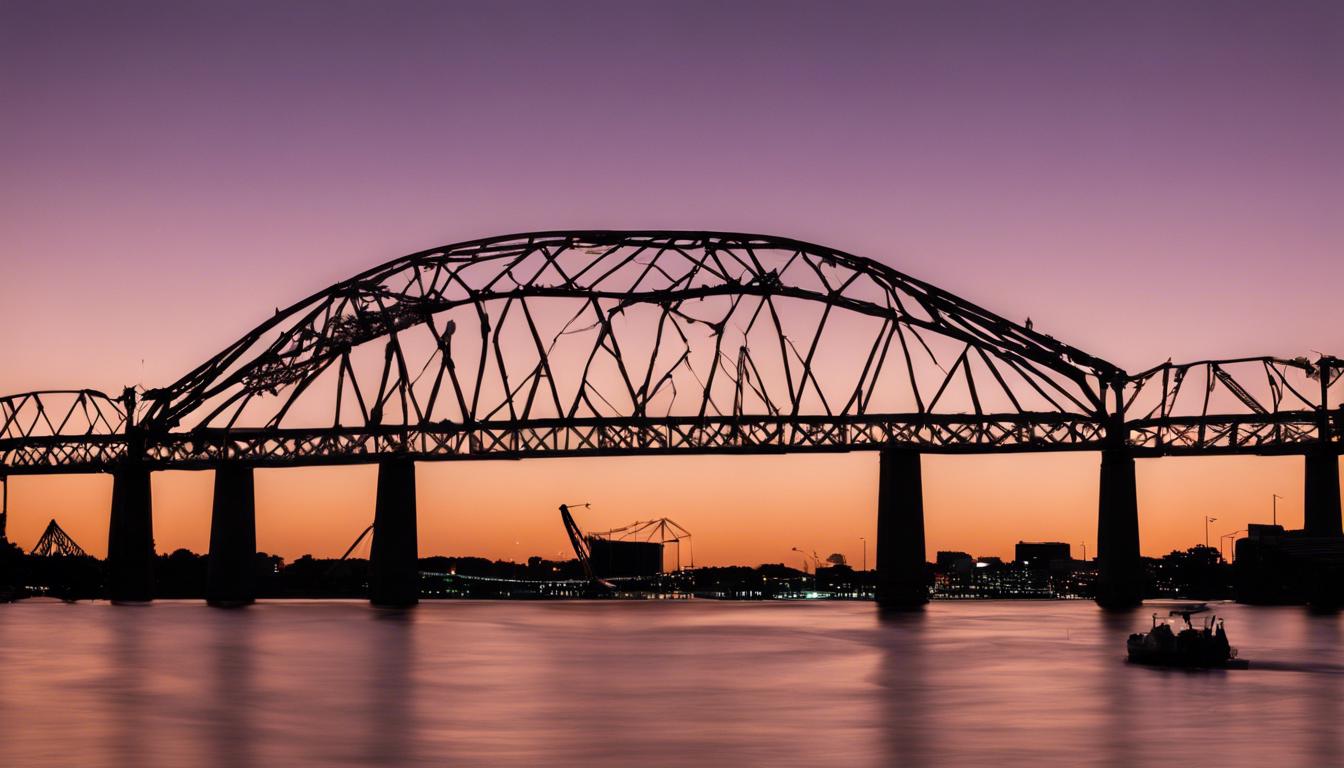Following the catastrophic collapse of the Francis Scott Key Bridge in Baltimore, authorities are working on recovery efforts, with President Biden announcing a visit and an initial aid package. The incident has also sparked calls for better treatment of migrant workers.
The Francis Scott Key Bridge in Baltimore, Maryland, experienced a catastrophic collapse, prompting a vigorous and coordinated response from local, state, and federal authorities. Maryland Governor Wes Moore, describing the emergency operations as “round the clock,” emphasized the ongoing work to manage the aftermath of the collapse, which includes a continuous assessment and implementation of safety measures.
President Joe Biden has announced a visit to Baltimore scheduled for the following week and has approved an initial aid package of $60 million for the bridge’s reconstruction, highlighting the national concern over the incident. Removal efforts are currently underway, with workers focused on eliminating the debris that resulted from the collapse, including twisted steel and concrete materials, to reopen the shipping channel and the blocked Port of Baltimore.
In the wake of this tragedy, which is presumed to have claimed the lives of six workers, there have been calls for improved treatment of migrant workers from countries like Mexico, Guatemala, Honduras, and El Salvador, who were among those affected by the collapse. Community leaders and residents have come together to honor the memory of the victims and to advocate for better support for migrant workers in the United States.
The National Transportation Safety Board is conducting an ongoing investigation into the cause of the collapse to prevent similar incidents in the future. Meanwhile, the economic implications of the extended closure of the Port of Baltimore are being closely examined, with discussions ongoing regarding aid packages and support mechanisms for businesses impacted by the incident.
Governor Wes Moore, alongside Baltimore Mayor Brandon Scott, expressed a commitment to national unity in response to the tragedy, underscoring the importance of collective efforts in the recovery and rebuilding processes. The community’s resilience has been highlighted as it faces the challenges of clearing the debris, reconstructing the bridge, and supporting those who have been directly affected by the collapse.













